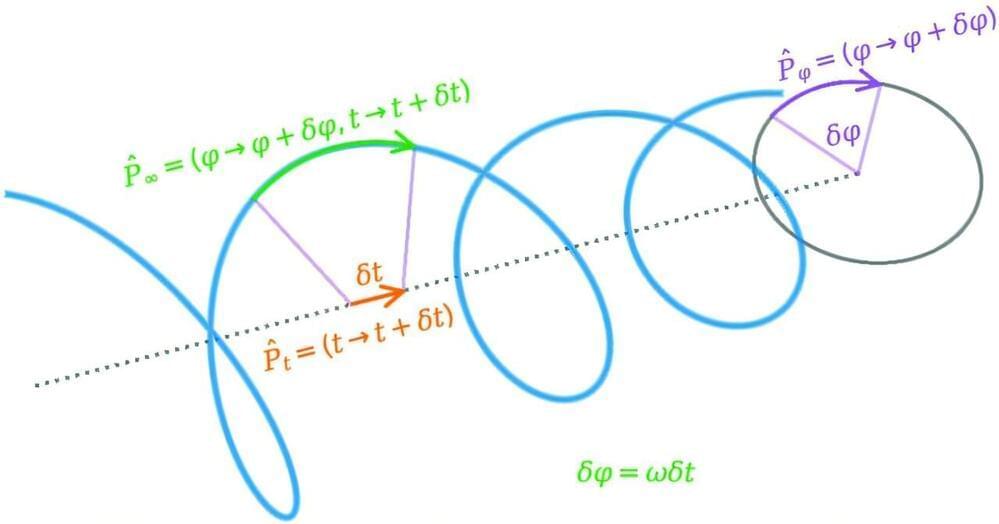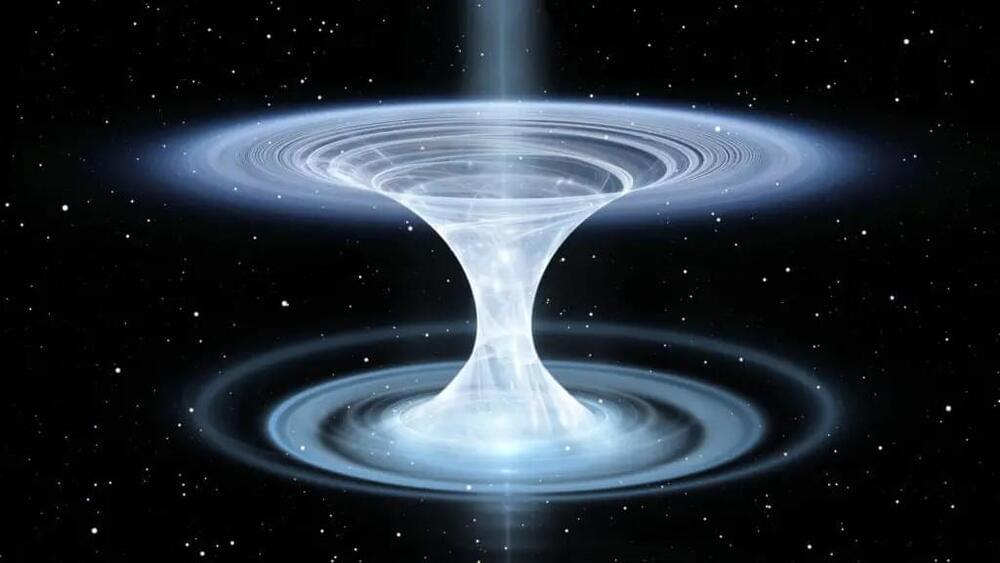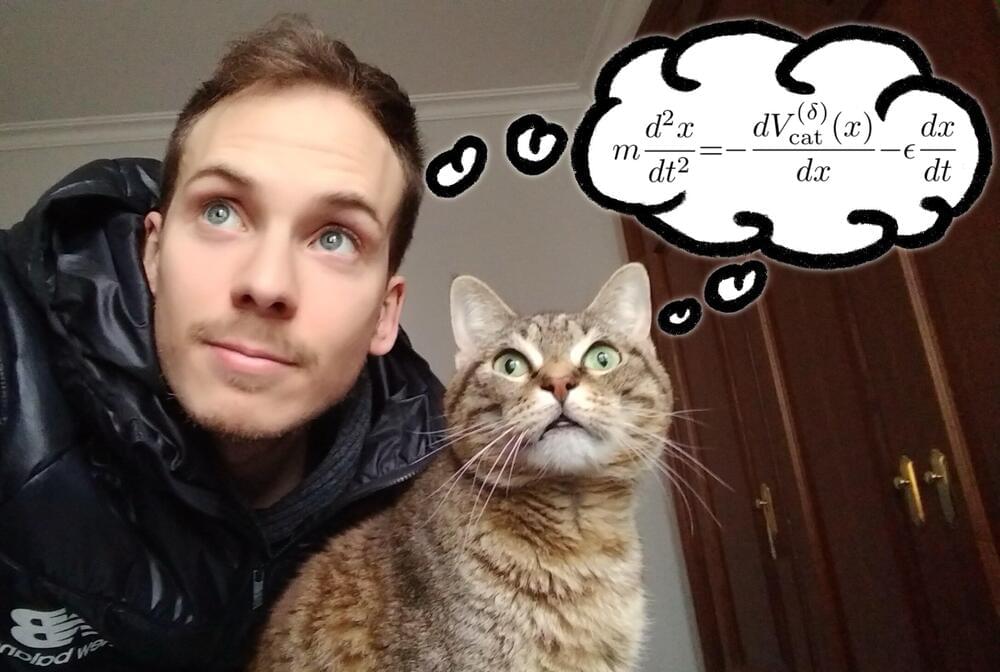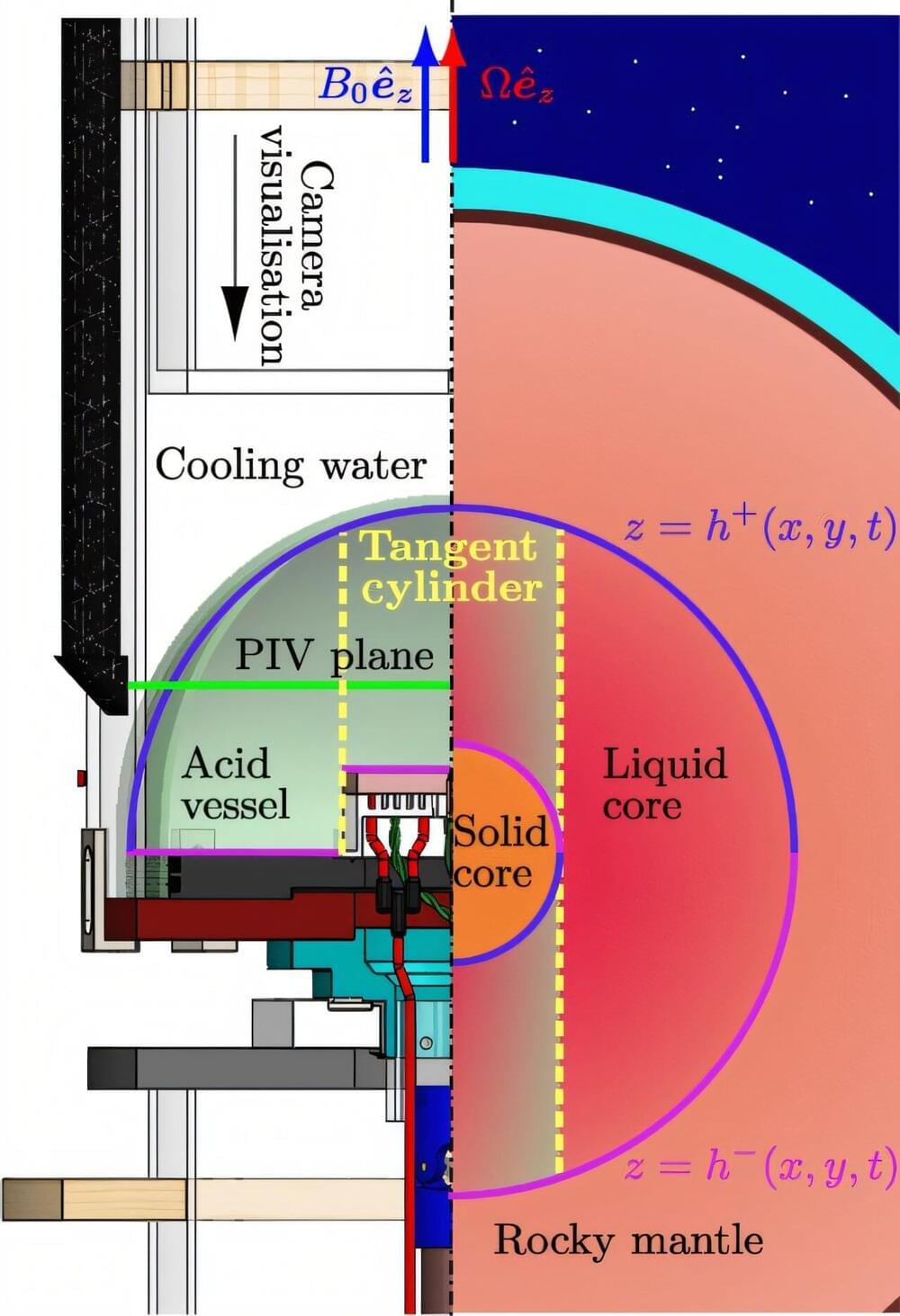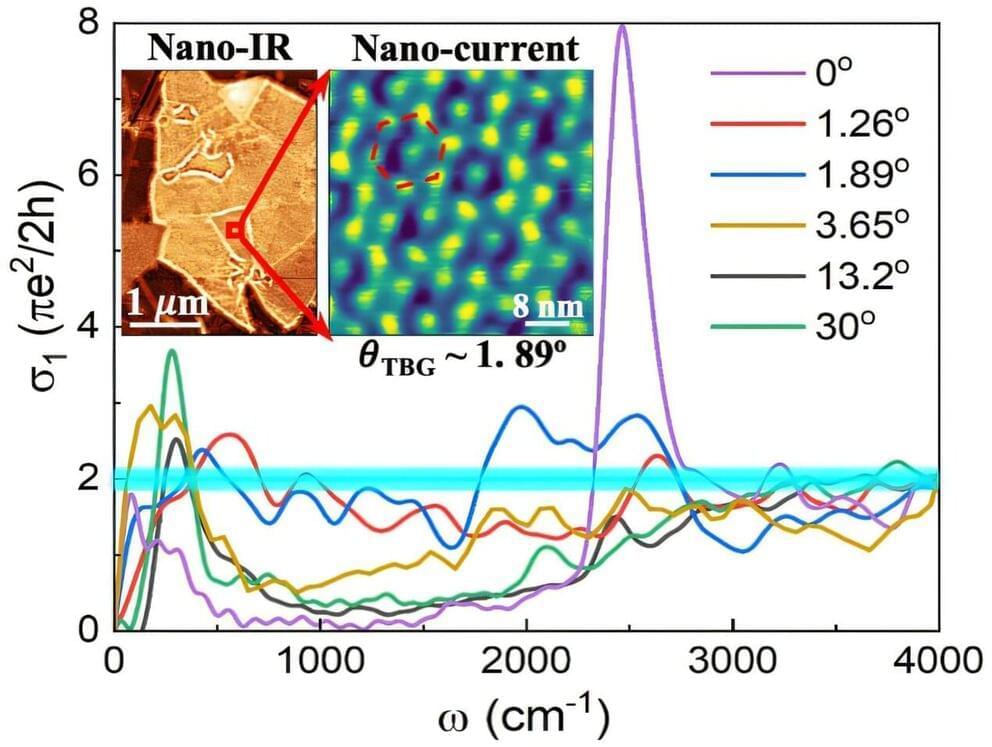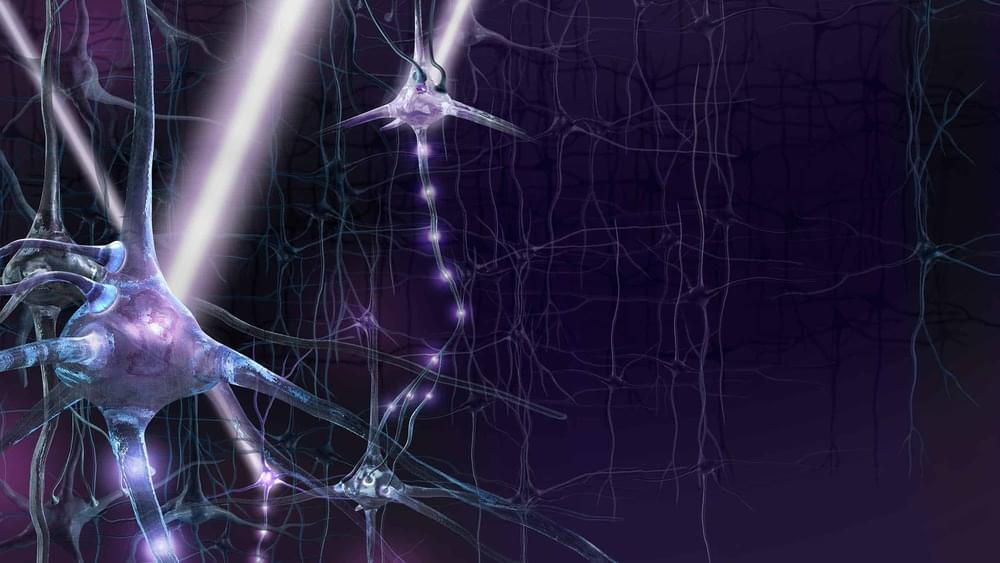White holes, the theoretical opposites of black holes, could expel matter instead of absorbing it. Unlike black holes, whose event horizon traps everything, white holes would prevent anything from entering. While no white holes have been observed, they remain an intriguing mathematical possibility. Some astrophysicists have speculated that gamma ray bursts could be linked to white holes, and even the Big Bang might be explained by a massive white hole. Although the second law of thermodynamics presents a challenge, studying these singularities could revolutionize our understanding of space-time and cosmic evolution.
After reading the article, Harry gained more than 724 upvotes with this comment: “It amazes me how Einstein’s theory and equations branched off into so many other theoretical phenomena. Legend legacy.”
Black holes may well be the most intriguing enigmas in the Universe. Believed to be the collapsed remnants of dead stars, these objects are renowned for one characteristic in particular – anything that goes in never comes out.
